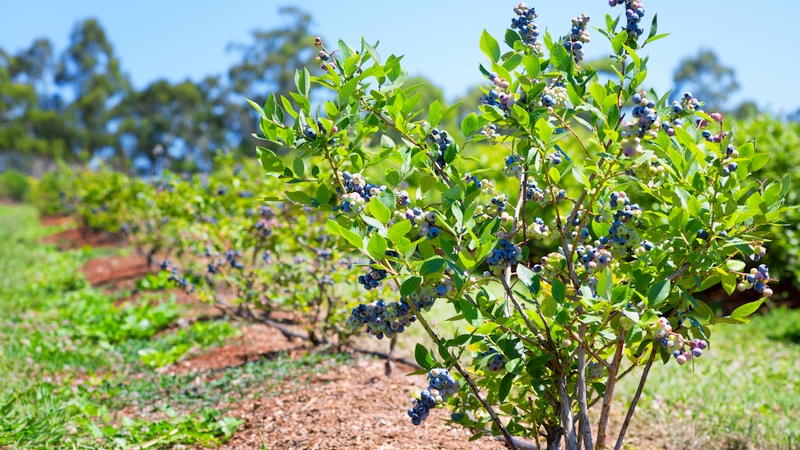Battle Against LBAM Resumes
USDA and California Department of Food and Agriculture (CDFA) officials have formulated this season’s battle strategy to eradicate the light brown apple moth, which will again center on aerial assaults. In late January, USDA announced that it was committing $74.5 million to eradicate the worrisome pest, expanding on efforts that began last August, when USDA provided more than $15 million in emergency funding. “USDA is pleased to support the state of California’s vital efforts in protecting its resources as well as the rest of the nation’s agricultural and natural landscape from this destructive pest,” said then-acting Secretary of Agriculture Chuck Conner.
The CDFA and USDA are working with a team of international light brown apple moth experts, who believe the pest can be eradicated primarily through the use of aerial pheromone treatments. Pheromone treatments, which have been tested over this past winter in New Zealand, are designed to confuse the male moths, disrupting the mating cycle and decreasing or eradicating the pest population. The aerial pheromone treatments are not harmful to people or plants, but have nonetheless been opposed by some residents along the state’s central coast, where most of the pests have been found. Education efforts will be needed before the aerial spraying, which is set to begin in late spring or early summer. Other approaches are planned or are being considered on the Australian native, which can injure a wide range of crops, including grapes and tree fruit. These include:
• Pheromone ground treatments using test ties, which were scheduled for late February or early March in communities in San Mateo County, which is just south of San Francisco, and Marin County, just north of the city. Twist ties are applied by ground crews to host plants, trees, and fence posts in isolated, highly infested areas. Officials are optimistic about the use of the twist ties because last year they were used on infestations in Los Angeles and Napa counties, and both were eradicated.
• Ground treatments with Bacillus thuringiensis, (Bt), a naturally occurring bacteria, and spinosad, an extract from naturally occurring bacteria, may also be used in heavily infested areas. The products to be used will be approved for organic crops, and like the twist ties are intended to complement, not replace, aerial treatments.
• The USDA and CDFA are also evaluating the use of a male attractant treatment. This would be used in the most densely infested areas, and would consist of a ground treatment featuring a pheromone mixed with a small amount of pesticide that would attract and then kill the male moths. The mixture would be applied out of reach at a height of approximately 8 feet, on utility poles and trees. The pesticide that would be used is permethrin, a common household pesticide used for flea control on pets.
• Finally, the two agencies may introduce Trichogramma moths, which lay their eggs inside moth eggs. The wasp larvae then hatch and eat the host egg from the inside.










